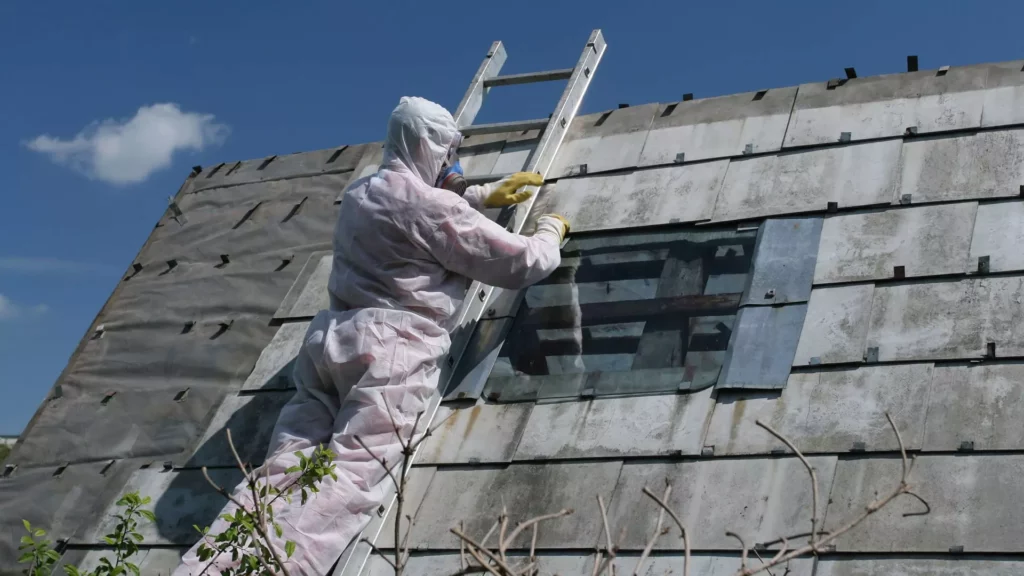Identifying friable asbestos is a critical skill, especially in older buildings and structures where asbestos was commonly used.
Understanding the characteristics, common locations, and potential risks associated with friable asbestos can help in its identification and ensure timely and appropriate action is taken.

Understanding Friable Asbestos
Before diving into identification, it’s essential to comprehend what friable asbestos is.
Friable asbestos refers to any asbestos-containing material that can be easily crumbled or reduced to powder by hand pressure.
This property makes friable asbestos particularly hazardous, as it can readily release asbestos fibers into the air, posing serious health risks.
Common Forms of Friable Asbestos
Friable asbestos can be found in various forms, including insulation around hot water pipes, asbestos rope, and loose-fill insulation like the notorious Mr. Fluffy.
Understanding these common forms can aid in identifying potential friable asbestos materials in buildings and homes.

Identification Tips
Visual Inspection
Age of Building: Asbestos was widely used in Australian construction until the mid-1980s. Buildings constructed or renovated before this time are more likely to contain asbestos materials.
Material Type: Look for materials that crumble easily or are powdery in texture. Common areas include older insulation materials, fireproofing, and acoustic finishes.
Warning Signs: Some older asbestos materials may be labeled, but many will not be. Keep an eye out for labels that indicate the presence of asbestos.
Professional Assessment
Expert Evaluation: If you suspect a material contains friable asbestos, it’s essential to have it professionally assessed. Trained professionals can identify asbestos through visual inspection and sampling.
Sampling and Testing: A definitive way to identify asbestos is through laboratory testing of samples collected by a professional. This is the most reliable method to confirm the presence of asbestos.

Safety Precautions
Risk of Disturbance
If you suspect a material contains friable asbestos, do not disturb it. Disturbing these materials can release asbestos fibers into the air, leading to significant health risks.
Professional Removal
Due to the high risks associated with friable asbestos, its removal should always be conducted by a licensed professional.
They have the necessary training and equipment to safely handle and dispose of asbestos materials.
Regulatory Compliance
In Australia, there are strict regulations regarding the handling and disposal of asbestos.
Familiarize yourself with these regulations and ensure that any professional hired to handle asbestos is fully compliant with these standards.
Identifying friable asbestos requires a combination of visual inspection, knowledge of common asbestos-containing materials, and professional assessment.
Given its hazardous nature, it is paramount to approach potential asbestos-containing materials with caution.
If in doubt, always seek the assistance of a trained and licensed professional.
This approach not only ensures your safety but also complies with the stringent Australian regulations governing asbestos management.

